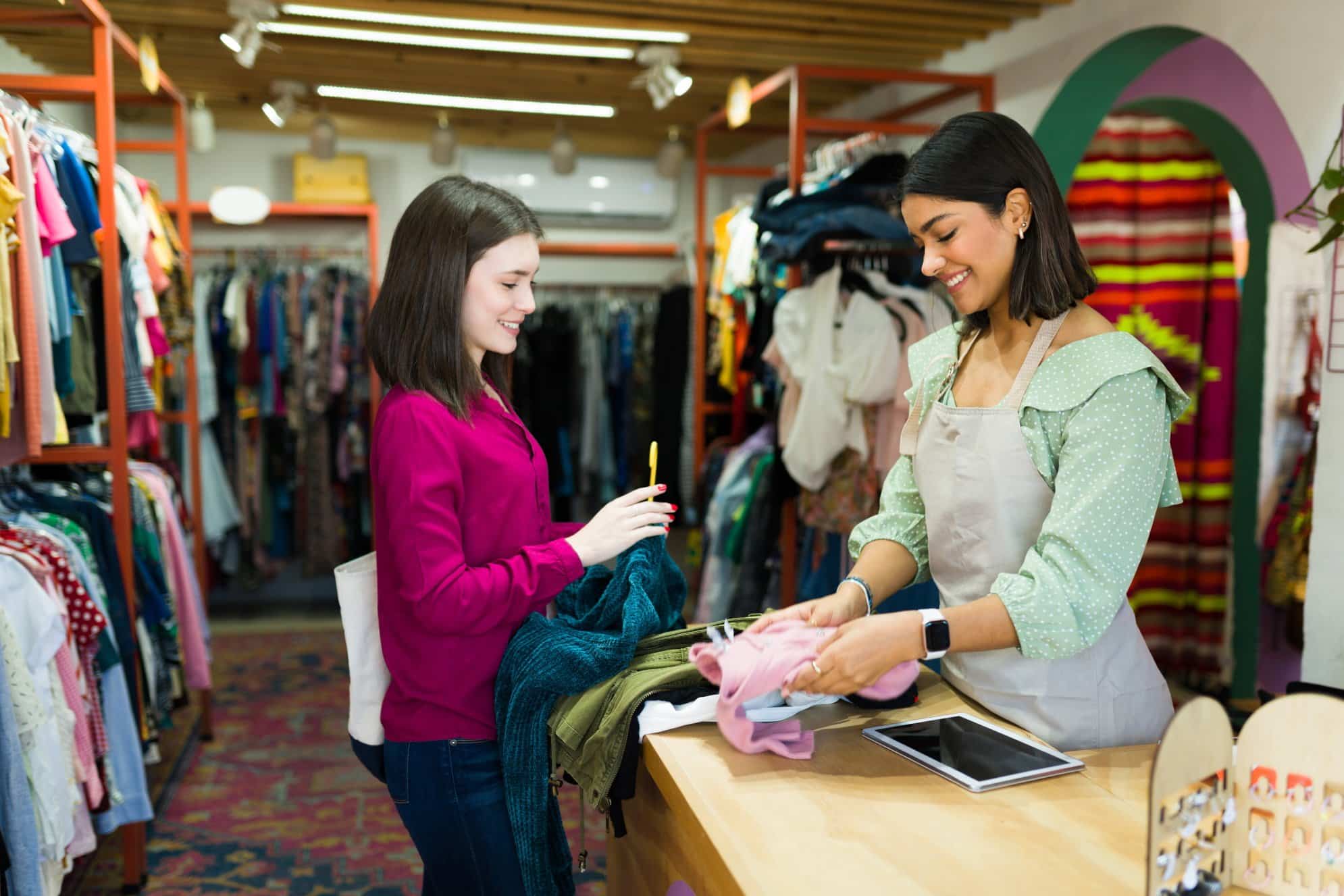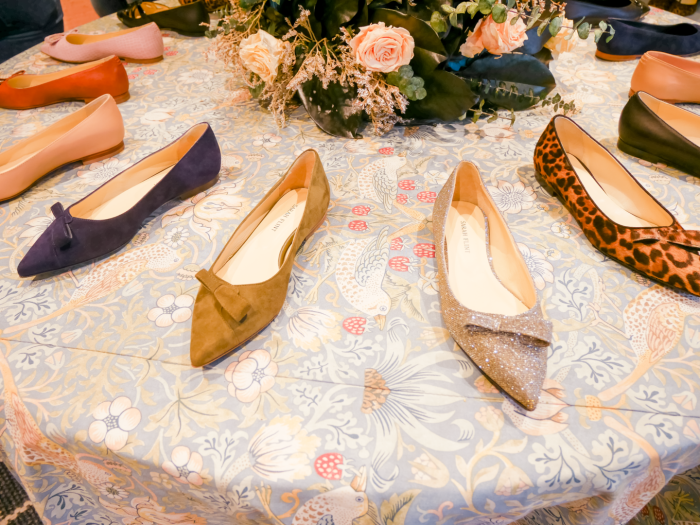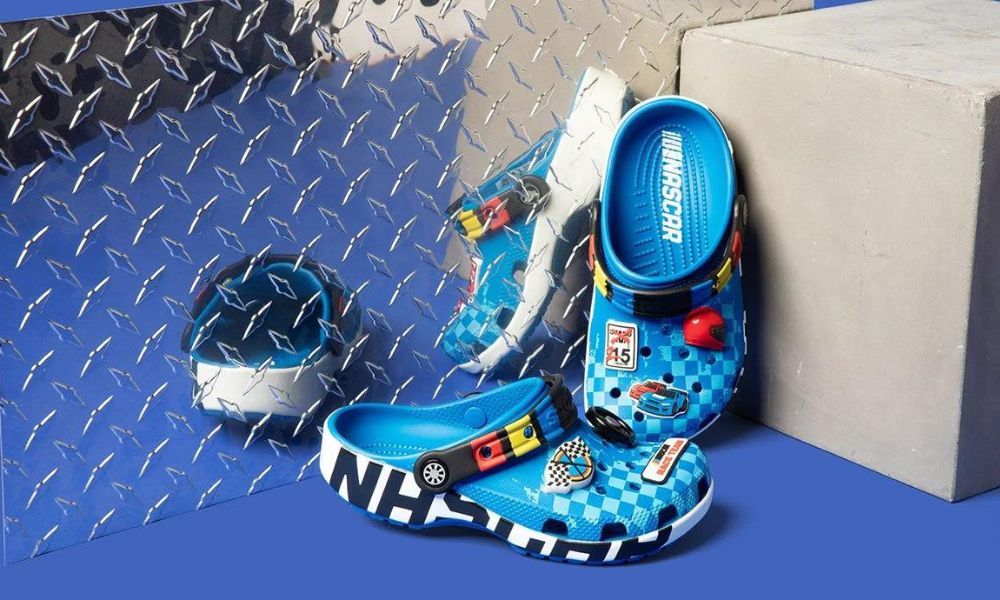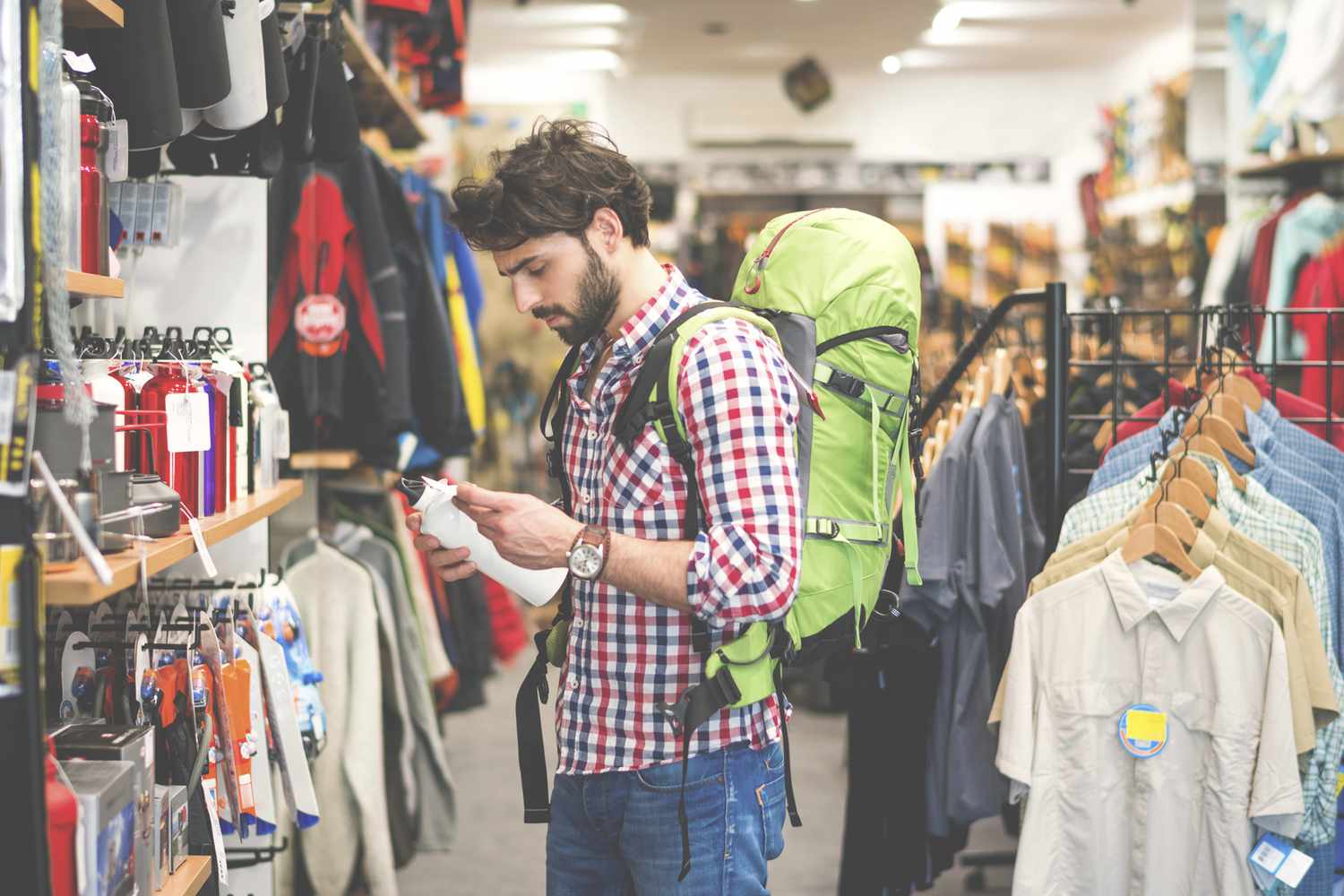Shopping secondhand has surged in popularity as people become more conscious of sustainability and seek unique fashion finds. Whether you’re looking for vintage treasures or gently used designer pieces, secondhand shopping can offer incredible value and style. Here’s your ultimate guide to navigating the world of secondhand shopping and uncovering hidden gems.
1. Understand the Benefits of Secondhand Shopping
Before diving into secondhand shopping, it’s important to understand its benefits. Not only is it a sustainable choice that reduces waste, but it also allows you to find unique items that aren’t available in mainstream stores. Shopping secondhand can also save you money and offer a chance to build a distinctive wardrobe with pieces that reflect your personal style.
For more on the environmental impact of secondhand shopping, check out The Benefits of Buying Secondhand by BBC.
2. Choose the Right Places to Shop
The first step to finding great secondhand items is knowing where to look. Here are some top places to start:
- Thrift Stores: Local thrift stores are a treasure trove of secondhand clothing. Stores like Goodwill and The Salvation Army offer a wide range of gently used clothing at affordable prices.
- Consignment Shops: Consignment stores sell items on behalf of their owners and typically offer higher-end or designer clothing. Look for consignment stores in your area, or browse online options like ThredUp and Poshmark.
- Vintage Stores: For unique and retro pieces, vintage stores are a great option. Stores such as Vintage Vibes and Beyond Retro offer curated collections of vintage clothing.
- Online Marketplaces: Platforms like eBay and Depop allow you to shop secondhand items from sellers around the world. These sites often feature both high-end and everyday fashion finds.
3. Set a Budget and Stick to It
One of the advantages of secondhand shopping is that it can be very cost-effective. However, it’s still easy to get carried away and overspend. Before you start shopping, set a budget for yourself to avoid impulse buys. This will help you focus on finding the best deals and prevent you from purchasing items that you don’t truly need.
For budgeting tips, check out How to Create a Budget for Thrift Shopping by Money Crashers.
4. Inspect Items Carefully
When shopping secondhand, it’s important to inspect items carefully to ensure they’re in good condition. Look for signs of wear and tear, such as stains, holes, or broken zippers. Check the labels for any information about the material and care instructions.
If you’re buying online, carefully read the descriptions and reviews. Websites like The RealReal and Grailed provide detailed information and authentication services to ensure the quality of the items.
5. Look for Quality Brands
One of the benefits of shopping secondhand is the opportunity to find high-quality brands at a fraction of the original price. Look for well-made items from reputable brands, which are often more durable and stylish.
Websites like Refinery29 offer guides on the best secondhand brands to look out for, and you can find high-quality brands at Vestiaire Collective and Rebagg.
6. Be Patient and Persistent
Finding the perfect secondhand item often requires patience and persistence. Secondhand shopping is not always about instant gratification; sometimes, it takes time to find exactly what you’re looking for. Regularly visiting your favorite thrift stores or checking online marketplaces can increase your chances of finding hidden gems.
For tips on navigating the secondhand shopping process, visit How to Shop at Thrift Stores Like a Pro by Well+Good.
7. Embrace DIY and Customization
Sometimes, secondhand items need a little TLC to reach their full potential. Embrace DIY projects and customization to refresh and personalize your finds. Whether it’s altering a vintage dress or adding embellishments to a jacket, a little creativity can turn an average find into something extraordinary.
For DIY inspiration, check out Creative DIY Ideas for Thrift Store Finds by Apartment Therapy.
8. Support Local and Small Businesses
When shopping secondhand, consider supporting local and small businesses. Many consignment and vintage shops are independently owned and offer a curated selection of items. Shopping locally not only supports small business owners but also contributes to your community.
Find local secondhand shops through platforms like Yelp or Google Maps, and explore options in your area.
9. Follow Secondhand Fashion Trends
Stay updated on secondhand fashion trends to guide your shopping. Many fashion influencers and bloggers share their favorite secondhand finds and styling tips. Following these trends can help you discover new ways to incorporate secondhand pieces into your wardrobe.
For trend insights, check out The Best Secondhand Fashion Trends by Harper’s Bazaar.
10. Enjoy the Thrill of the Hunt
One of the most exciting aspects of secondhand shopping is the thrill of the hunt. Each visit to a thrift store or online marketplace holds the potential for discovering something unique and special. Embrace the experience and enjoy the process of finding clothing that is not only affordable but also one-of-a-kind.
Conclusion
Shopping secondhand offers numerous benefits, from cost savings to unique fashion finds. By choosing the right places to shop, setting a budget, inspecting items carefully, and embracing the thrill of the hunt, you can uncover hidden gems and build a distinctive wardrobe. Whether you’re exploring local thrift stores or browsing online marketplaces, secondhand shopping provides endless opportunities to find stylish and sustainable clothing. Happy thrifting!







